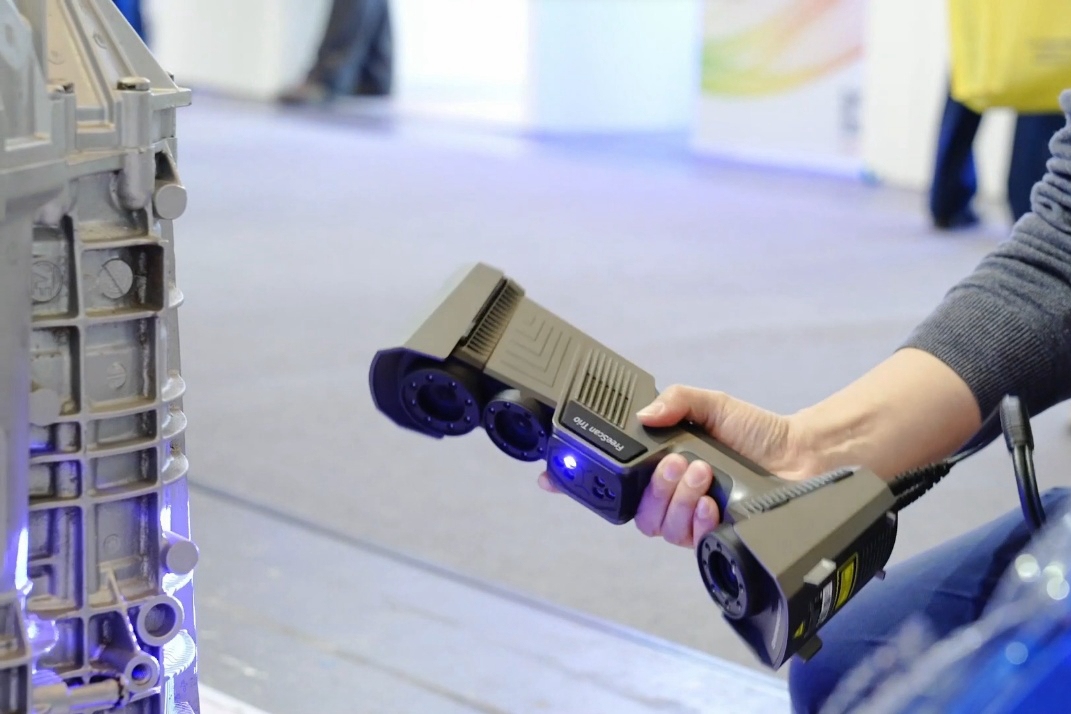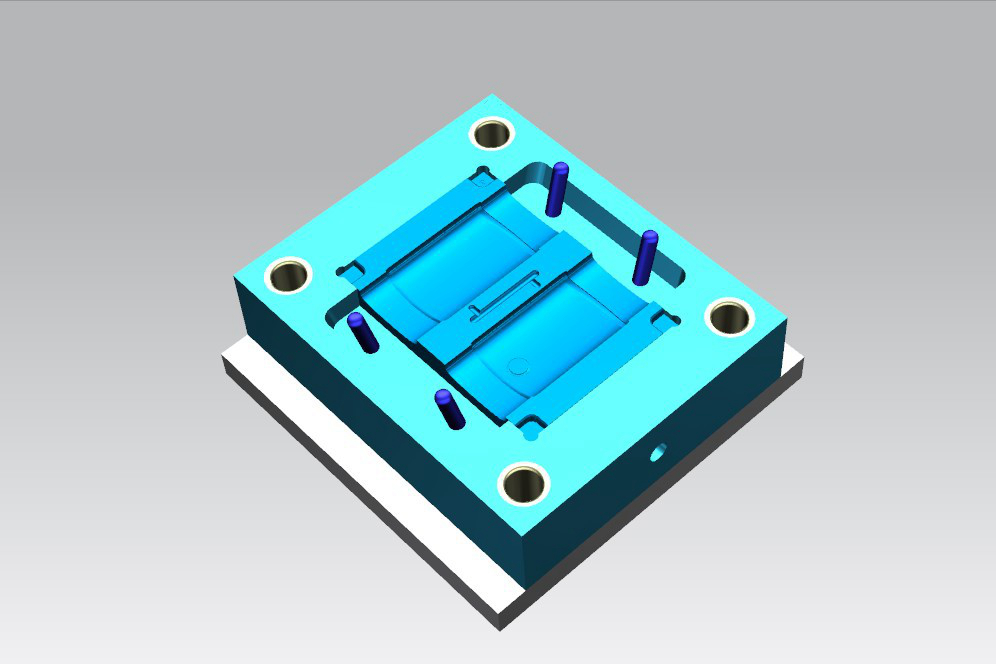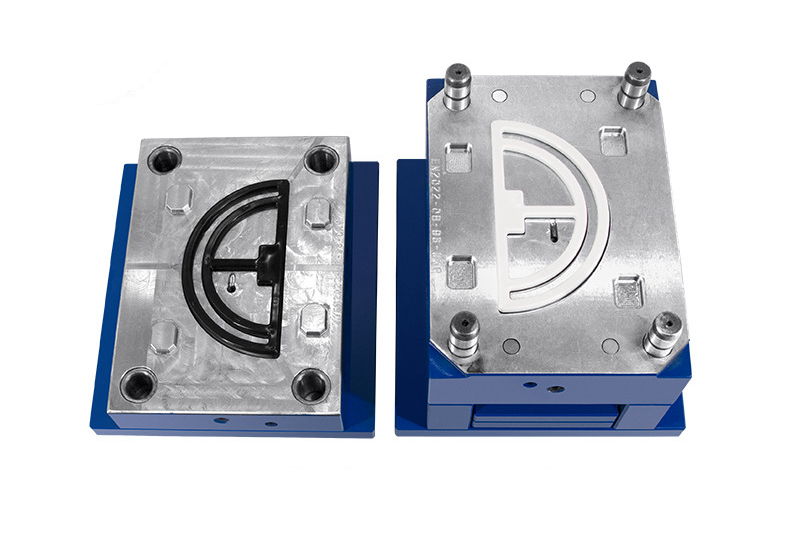Optical Comparator Profile Inspection Custom Parts
Introduction
In today’s precision engineering landscape, manufacturers of custom parts face ever-tightening dimensional tolerance requirements. Industries such as aerospace, medical devices, and electronics routinely specify profile tolerances down to ±5 µm for critical features. To meet these demands, advanced non-contact inspection methods have become indispensable tools within modern custom parts manufacturing service.
Among these technologies, optical comparator profile inspection stands out for its ability to rapidly and accurately verify 2D geometries and edge profiles. By utilizing precision optics and magnification, this method provides unparalleled clarity and resolution when assessing complex part features. Manufacturers leverage optical comparator profile inspection to control part quality, validate tooling, and ensure compliance with stringent customer specifications. In this blog, we explore its fundamental principles, practical advantages, and proven applications in high-precision custom manufacturing.
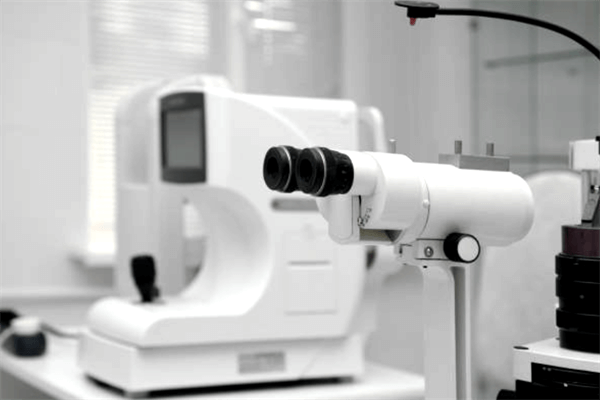
Fundamentals of Optical Comparator Profile Inspection
Principle of Operation
An optical comparator operates on a simple yet highly effective principle: a workpiece is placed on a precision stage, illuminated from below or behind, and its shadow or profile is projected through an optical lens onto a screen or digital display. Magnification lenses, typically ranging from 10× to 100×, enable precise visualization of small features. The screen displays a scaled image of the part profile, which is compared against master profiles, CAD overlays, or tolerance templates.
High-end comparators conform to ISO 10360 and ASME B89 standards for dimensional metrology, achieving system resolution down to 1 µm. Many modern systems feature digital readouts and CNC-controlled stages, facilitating automated measurement routines and data capture.
Measurable Geometries and Accuracy
Optical comparators excel at measuring 2D geometries, including:
Outer profiles
Holes and slots
Chamfers and fillets
Angles and tapers
Radius and curvature
Flatness of edges
Measurement repeatability typically achieves ±1–5 µm, depending on magnification, optics quality, and system calibration. Such precision makes optical comparators ideal for thin-walled components, flexible materials, and small, intricate parts.
Compared to traditional contact-based metrology, such as CMM inspection, optical comparators offer faster setup and non-contact measurement, avoiding part deformation during inspection. While CMM provides full 3D probing capability, optical comparators excel in applications where 2D profile control is critical.
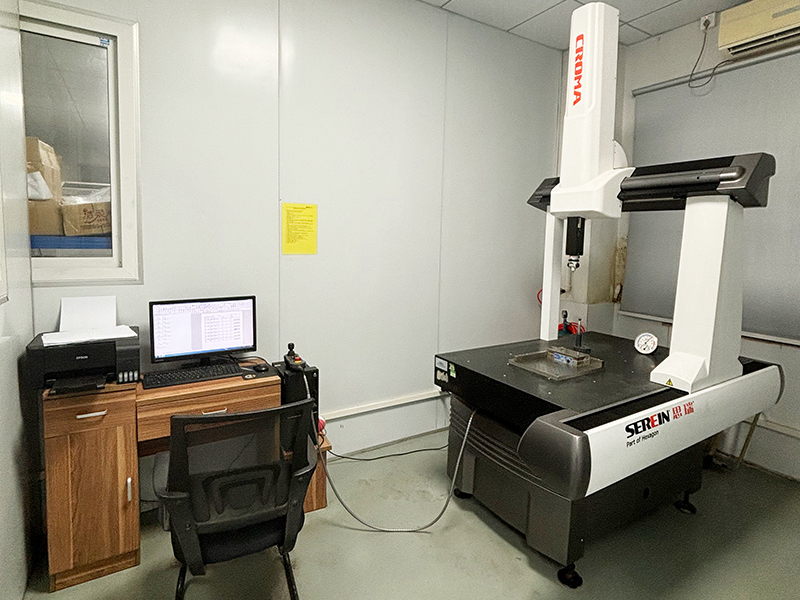
Key Advantages for High-Precision Custom Parts
Non-Contact Precision Inspection
One of the most significant advantages of optical comparators is their ability to perform non-contact measurement. This is critical when inspecting thin-walled components, soft polymers, elastomers, or complex geometries that could deform under probe contact. Non-contact measurement ensures profile accuracy without influencing part integrity.
For example, medical implants or MEMS components with fine edge geometries rely heavily on optical comparators for accurate inspection. Repeatability of ±1–3 µm is achievable even on highly sensitive parts, maintaining their functional requirements.
Rapid and Repeatable Measurement
Compared to traditional gauging methods, optical comparators significantly reduce inspection cycle times. With CNC stage controls and programmable routines, operators can inspect complex part profiles in minutes, achieving 30–50% faster throughput than manual measurement.
In industries like aerospace and consumer electronics, where batch production is frequent, this speed advantage leads to substantial productivity gains. The ability to store part programs and reuse them across production runs ensures consistent repeatability and minimizes operator variability.
Quality Control Integration
Modern optical comparators integrate seamlessly into quality management systems. Measurement data can be automatically captured, analyzed, and fed into Statistical Process Control (SPC) tools, enabling real-time process monitoring. This facilitates early detection of process drift and supports preventive quality management.
When combined with systematic methodologies such as PDCA control, optical comparator data becomes a driver for continuous improvement. Manufacturers can fine-tune machining parameters, validate tooling wear, and optimize production processes based on quantitative profile data, elevating overall product quality and consistency.
Application Scenarios in Advanced Manufacturing
CNC Precision Components
In industries such as aerospace, automotive, and defense, CNC machining is used to produce high-tolerance metal components with complex profiles. Optical comparators are particularly effective in verifying machined edge profiles, chamfers, and radii where tolerances are often specified at ±5 µm or tighter.
For example, aerospace turbine rings or precision shafts require exact profile conformity to ensure aerodynamic or mechanical performance. An optical comparator’s ability to overlay CAD profiles and perform real-time deviation analysis makes it an essential tool for inspecting such high-precision CNC machining applications.
Sheet Metal Parts
In advanced sheet metal fabrication, precise profiling of bent features, cutouts, and edge geometries is crucial for assembly fit and function. Optical comparators provide accurate and repeatable measurements of flange angles, hole patterns, and trim lines on thin sheet components.
This capability is particularly valuable for industries such as telecommunications enclosures, battery housings, and avionics structures, where form deviation can lead to costly fitment issues. Many sheet metal fabrication processes now include in-process optical comparator verification to maintain geometric conformity throughout production.
Molded Plastic Parts
Precision-molded plastic parts, particularly those used in consumer electronics and medical devices, often feature complex snap-fit profiles and thin-walled sections that are difficult to inspect with contact probes. Optical comparators offer a non-contact method to verify these critical dimensions.
For example, an optical comparator can efficiently measure undercut profiles, draft angles, and parting line flushness on injection-molded parts. In sectors such as medical diagnostics, even slight profile deviations can compromise component fit or sealing performance. Integrating optical comparator inspection into the plastic injection molding service workflow ensures consistent part quality.
Complex Die Cast Parts
Aluminum die-cast parts used in automotive and consumer electronics frequently have intricate external profiles that must meet aesthetic and functional criteria. Optical comparators enable rapid verification of these profiles, ensuring dimensional accuracy of visible surfaces and interface points.
For instance, die-cast housings for EV chargers or infotainment systems must achieve precise external contours to meet both mechanical assembly and aesthetic design requirements. Optical comparator inspection is a core step in the aluminum die casting quality process, enabling manufacturers to maintain high cosmetic standards and tight geometric tolerances.
Comparative Analysis: Optical Comparator vs Other Metrology Solutions
Comparator vs CMM
Coordinate Measuring Machines (CMM) remain the gold standard for full 3D dimensional inspection, capable of probing complex surfaces and internal geometries with sub-micron accuracy. However, the setup and measurement cycle times for CMM are generally longer, making them less efficient for rapid 2D profile verification.
Optical comparators excel in scenarios requiring high-speed inspection of 2D edge profiles, small features, and thin-walled parts. For instance, a typical comparator inspection cycle can be completed in minutes, compared to 10–20 minutes for equivalent CMM probing. In production environments where profile verification is critical and throughput is a priority, optical comparators complement CMM rather than replace it.
Comparator vs Vision System
Machine vision systems have advanced considerably, offering high-speed non-contact inspection across multiple fields of view. However, vision systems rely heavily on lighting conditions and image processing algorithms, which may struggle with certain edge profiles or highly reflective surfaces.
Optical comparators, by contrast, use direct optical projection and precision optics, offering superior resolution and edge definition for profile features. For parts with fine profile tolerances (±5 µm or better), comparators provide a level of accuracy and repeatability that surpasses typical vision-based systems.
Furthermore, optical comparators can magnify specific features up to 100×, allowing for detailed manual or automated evaluation. This makes them particularly valuable in applications such as aerospace fasteners, precision medical devices, and small electronics components.
Application Selection Guide
Selecting the appropriate inspection method depends on part geometry, required tolerances, production volume, and cost considerations:
Use optical comparators for 2D profile inspection of small-to-medium parts with tight edge tolerances.
Employ CMM when full 3D geometry verification or complex surface probing is required.
Utilize vision systems for high-throughput inspection of simple features on flat or low-profile parts.
In prototyping environments where flexibility and speed are paramount, optical comparators offer an ideal balance of precision and efficiency. Many prototyping operations integrate optical comparators to validate first articles and ensure tooling readiness prior to ramping up production.
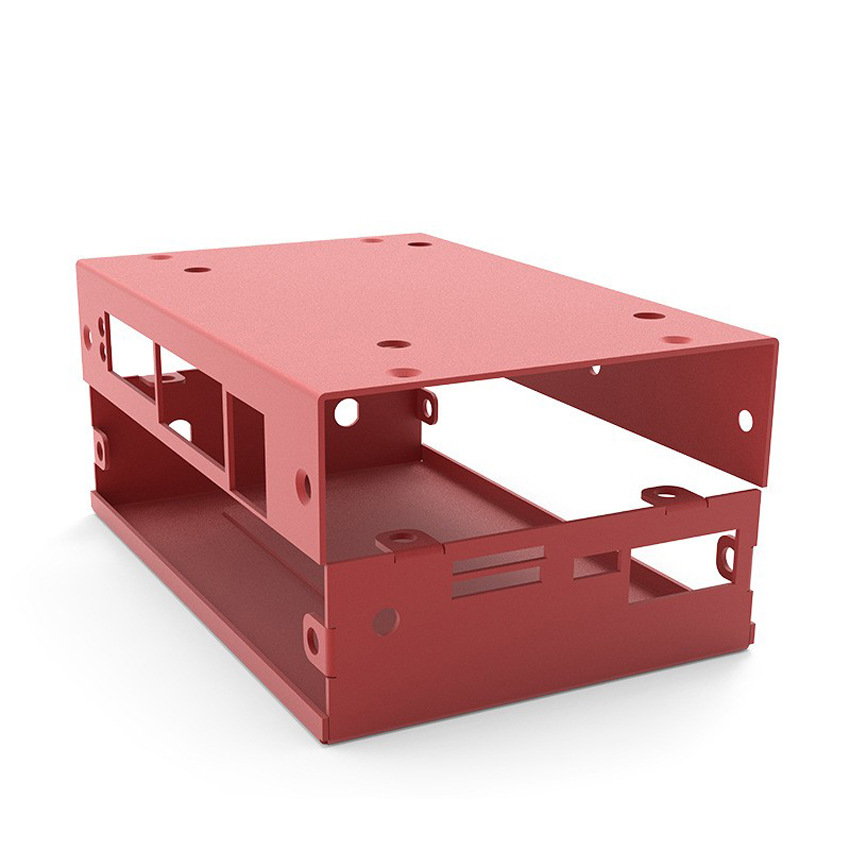
Background
In the aerospace sector, thin-walled precision components such as avionics enclosures, structural brackets, and aerodynamic fairings must meet exceptionally tight profile tolerances. For one aerospace electronics project, a leading OEM required aluminum enclosure panels with profile tolerances of ±0.005 mm and a cosmetic surface finish suitable for visible assembly.
Traditional CMM inspection was unable to provide efficient verification for the high production volumes and thin-wall geometries involved. The parts, with wall thicknesses as low as 0.8 mm and complex cutout profiles, necessitated a non-contact solution with high repeatability.
Inspection Process
The manufacturer implemented an optical comparator system configured with 50× and 100× magnification lenses and CNC-controlled XY stages. CAD overlays of the enclosure profiles were used as master templates for direct profile comparison.
The inspection process included:
Automated stage positioning for edge profile verification.
Overlay alignment accuracy within ±2 µm.
Data capture for Statistical Process Control (SPC) reporting.
Process monitoring to track tool wear and maintain part consistency.
The inspection cycle time per part was reduced to under 3 minutes, allowing inline verification of 100% of production-critical profiles.
Results
Implementation of the optical comparator yielded significant quality and productivity improvements:
Profile inspection cycle time reduced by 35%.
Profile conformity improved to 99.7% within ±0.005 mm tolerance.
Cosmetic defect rate reduced by over 40%.
Early tool wear detection enabled proactive maintenance, reducing scrap rates.
The success of this project led to wider adoption of optical comparator inspection across other aerospace product lines, including structural brackets and avionics panels. Today, optical comparators are a key part of the precision aerospace sheet metal and enclosure fabrication process at this manufacturer, supporting both new product introduction and volume production.
